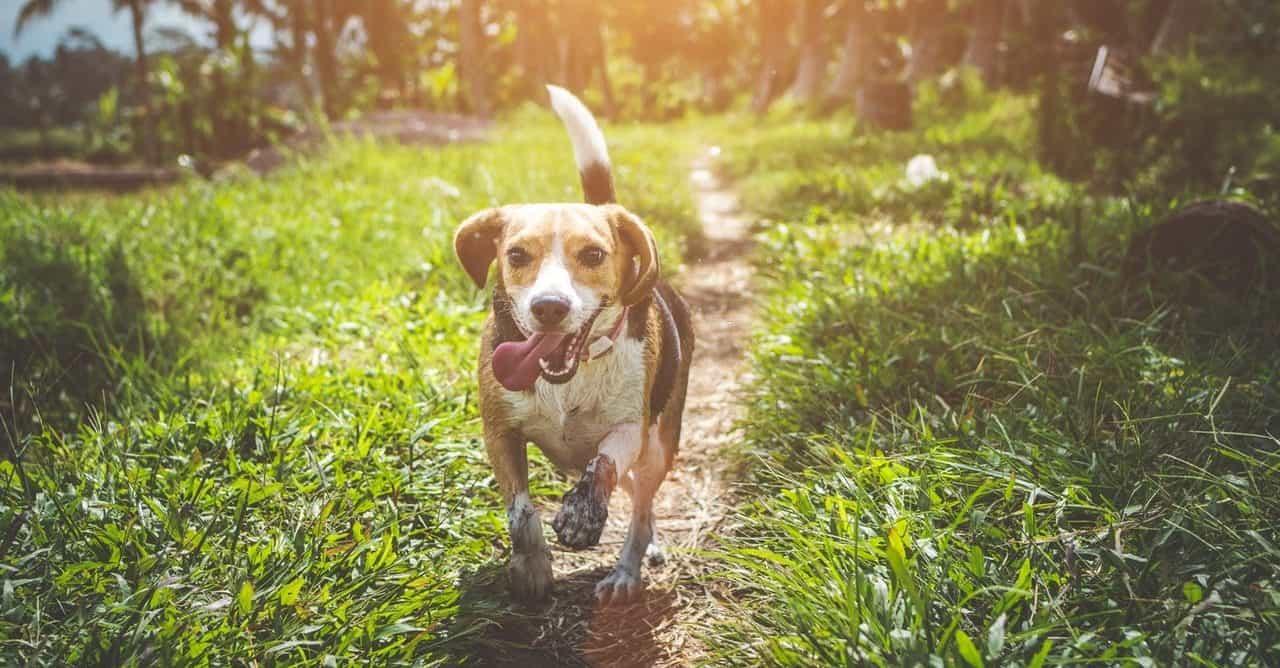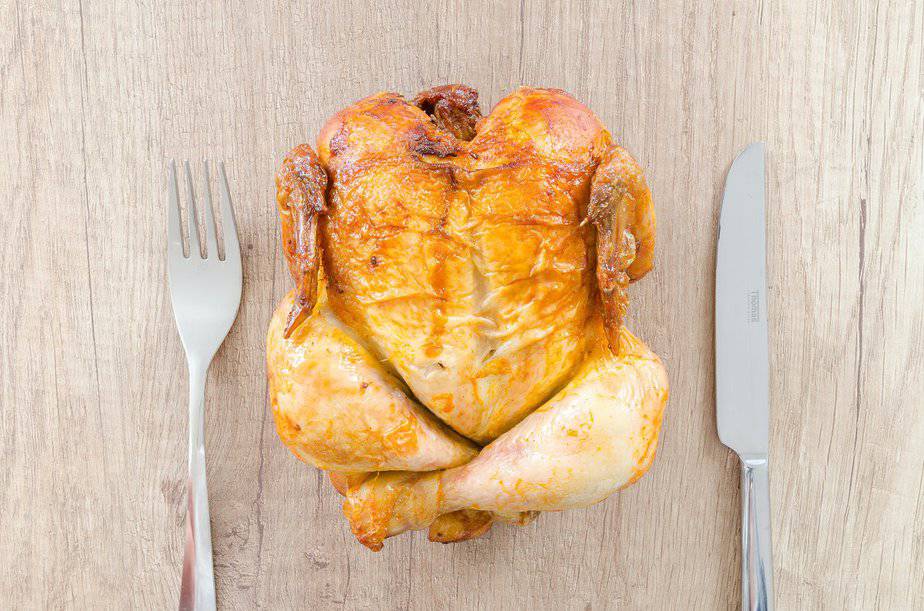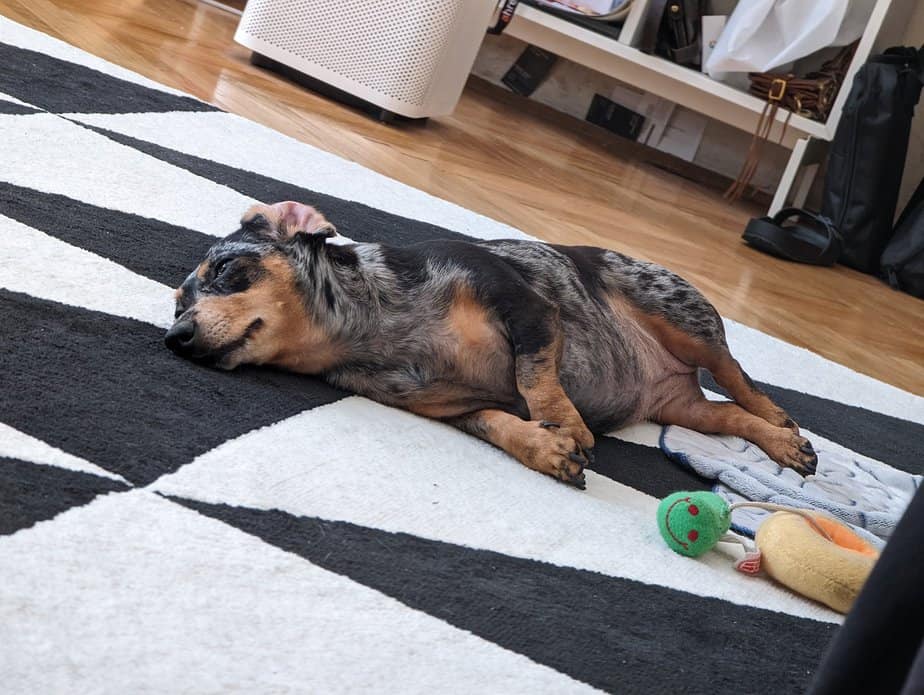Running with your dog is a equal parts healthy and fun! We play sports and fight against the cardiovascular disease! This will strengthen your relationship with your pooch and keep you both fit.
Before Getting Started
The Best Dog Breeds for Jogging
Unfortunately, not all dog breeds are able to support significant physical activity. When you buy your dog, choose its breed according to the activities you plan to share with it… If canicross is part of your wildest dreams, don’t choose a French bulldog or a basset hound!
Sled dogs, hunting dogs, retrievers will be perfect joggers. On the contrary, flat-nosed dogs, dogs with joint problems and dogs with long backs will not be able to run long distances because of their physical characteristics.
Can My Dog Go on Runs With Me?

You should ask your vet. Your vet can confirm this in a jiffy! As a health professional, your vet will give your dog a check-up that includes respiratory and cardiovascular check-ups. This will confirm if your pet is in good shape and can join you on your runs. Puppies under a year old are not good running companions. Intense activity could cause developmental issues. Older dogs that suffer from arthritis are also not good jogging candidates. Your dog should have fun jogging with you! If that’s not the case, then you aren’t putting your pet’s needs into focus. You should re-evaluate that activity if your dog seems to dread these jogs.
An obese dog will not have the physical strength to run: if your dog has weight to lose, start with a softer method rather than throwing him into the race! Fast walking or ball play will be more suitable.
IN CASE OF INJURY TO THE LEGS OR paw PADS, NO RUNNING UNTIL FULL RECOVERY.
What equipment do I need to run with my dog?
Obsessing over the best dog harnesses for running or the best dog running leash? Running accessories for dogs are very important. You do not want your running companion to be uncomfortable or in pain during your outings. Here’s what we recommend.
A Special Leash For Jogging With Dog
That’s the one thing you can’t forget (after water for you and doggo)! Indeed, in most cities, paths, parks, dogs must be kept on a leash. It is therefore necessary to choose a leash adapted to the dog breed that you have. And don’t forget: do not use one of those super long retractable leashes. Those are bad for jogging with your pet.
Your leash must:
- Be solid. We recommend leather as a solid leash material.
- Be short enough: your dog must run by your side, and the leash must not be able to catch other people’s feet.
- Have a great attach point on the dog-side. Your pooch musn’t be able to get free of the leash.
- Can be clipped or tied to your belt.
L’idéal est une laisse comportant une partie qui absorbe les chocs lorsque votre chien tire. Il existe des laisses tout-en-un comportant une ceinture, des crochets, des poignées…
Best Running Gear Choices: Collar or Harness?
Depending on your preferred educational method. Do not use a choke collar for the run, or a chain: prefer something light and strong, why not reflective, and well adjusted to the dog’s neck.
A Water Bottle
Regular hydration is essential when running, for you and your dog. Bring a water bottle designed for dogs.
YOU CAN ALSO REFRESH YOUR DOG BY WETTING HIS SKULL OR BACK.
Poop Bags
Pooping is a thing that happens even while you are jogging with your dog. Don’t forget to plan ahead and to take a few bags with you.
Things to Keep in Mind When Running With Your Dog
Feeding Your Dog Before the Run
Your dog must not have food in its stomach before the run or your pooch could be seriously uncomfortable or sick. Give your dog some food at least 1 hour before the run, ideally 2 hours, so that it has time to finish digesting it all before the run.
Choose Your Running Route
Choose trails and soft ground over concrete: this will be better for your joints and your dog’s pads. Remember that in quiet places, your dog will have fewer distractions and less chance of being scared and therefore pulling his leash.
Tailor Your Run to Your Dog’s Ability
- If your dog starts running, get it used to his harness or leash with a brisk walk, alternating running and walking, until he gets used to this new accessory.
- Never run more than 7km with your dog! Your animal may never stop, even if it is tired. Let’s not take the risk of your pooch having a heart attack.
Be Careful About Running in Hot Weather
Remember that dogs do not sweat and have much more difficulty cooling down than humans: avoid running with your dog in hot weather or under the midday sun. Prefer the mornings or late afternoons, the courses in the shade.
Careful, you could risk a heat stroke that could be fatal for your dog!
If you go out at night, use reflective tape to be seen by motorists and other pedestrians. And why not opt for a reflective leash or a luminous collar?
How to Start Running With Your Dog on a Leash
Get Your Dog Used to Its New Running Gear
During normal walks, get your dog used to the leash or harness you will use when running. If you plan to run and attach the leash to your belt, do so. You’ll realize it’s harder to lead a dog like that!
Teach Your Dog Simple Commands
So make sure your dog knows the “heel order” before starting training, and that he is able to stay with you for more than two minutes while walking. “Sit” can be very useful, for example, to wait to cross a street. Don’t get into traffic with an uncontrollable dog at your side!
Start With Walks-Runs
Run a few meters, walk a few meters, stop… to make sure your dog is attentive to changes in rhythm on the one hand, and not to physically force too much on the other. Get your pooch used to running for 30 seconds, then 1 minute,… and gradually increase the duration of the run until he stops walking.
Warning: if your dog is panting heavily and has a hard time following, you must take a break and make sure it’s hydrated.
Start With Short runs
This may be frustrating for you at first, but make short trips at first. No one runs a marathon in the first week of training, neither does your dog! Advance doggo slowly but surely, so that he learns to enjoy the outings.




